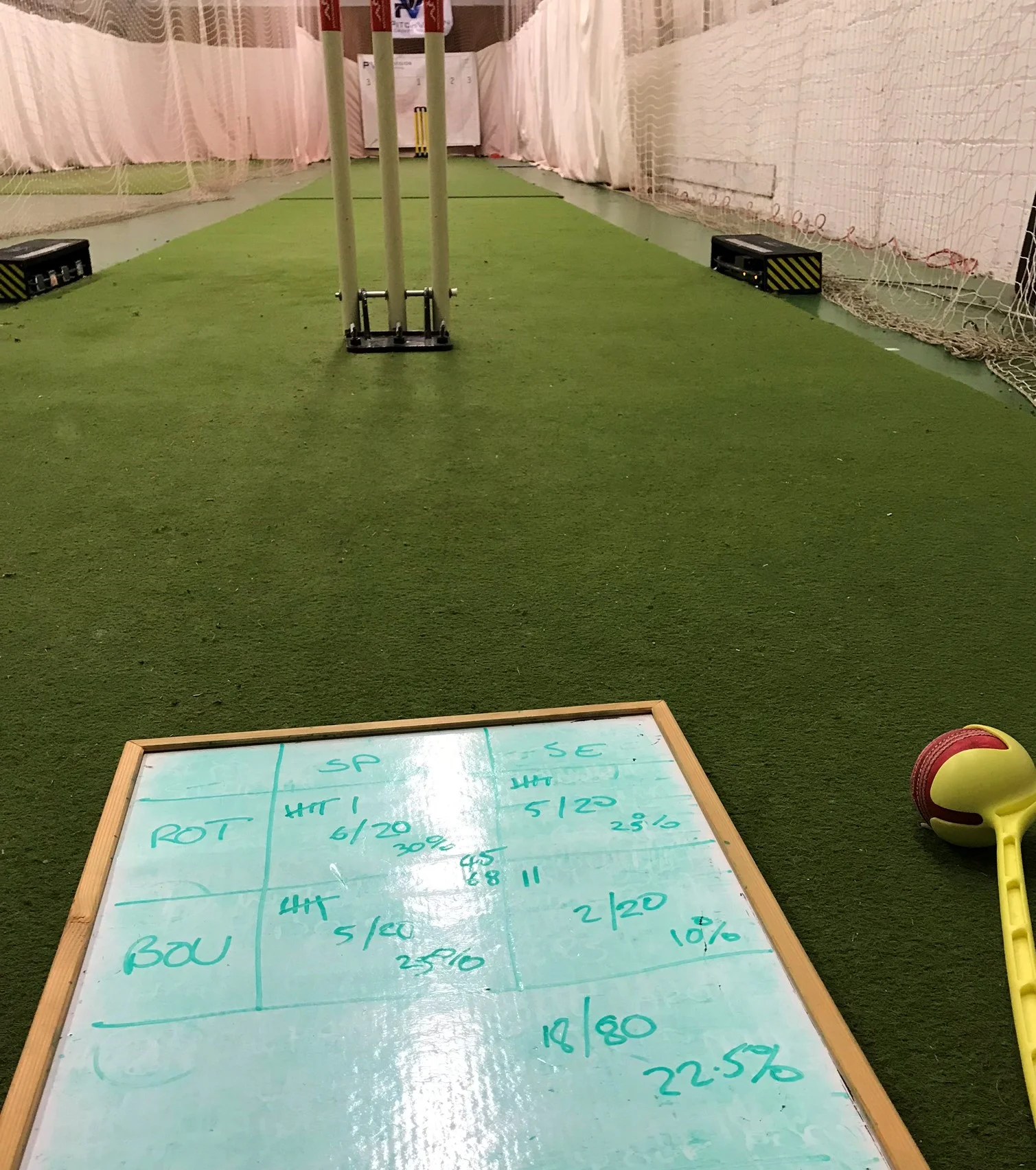There’s no easy answer for the coach who wants to know how to handle fast bowler workloads. Some say we should return to the days of bowling all the time. The ECB, meanwhile, sets tight directives on overs bowled.
Back in the day, fast bowlers bowled all day and didn’t do any specialist fitness work. These days we encourage bowlers into the gym.
Was this change right?
Or should we go back to the golden age of pace?
It’s unclear if bowlers were really fitter and faster in the old days, but let’s assume there were more pacemen with fewer injuries. Can we go back to those days?
I’m not sure we can, not without society changing.
Think back to when the West Indies dominated speed in the 80s. The conveyor belt of quick bowlers came about for various social-economic reasons: No computers or consoles. Getting about by running and walking rather than being driven. No formal coaching. Not much other sport to choose to play professionally, and a powerful internal cultural drive to prove to the world West Indian cricketers were the best. Playing on beaches with tennis balls. An approach to injury-prevention of saying “just walk it off”.
It was an environment build to create strong fast bowlers. One that is insanely hard to recreate in, say, modern Glasgow (where I coach). Cricket is one choice of sport in a world where playing sport often comes way down the list after playing Nintendo and watching Celtic or Rangers on the TV. Kids are provably weaker than local kids from 30 years ago and provably less likely to even try cricket, let alone want to bowl fast.
Even the ones who do play are on the field less thanks to weather and other things to do. When they do practice, they practice on hard indoor surfaces a lot, even in summer. A big chunk play no other sport.
If I was to apply the “just bowl more” principle to some of the 11-16 year old talented bowlers I coach in the Western Warriors I don’t know what would happen. I worry they would break down more, be more likely to quit the game and try to slow down to conserve energy. These guys are not Malcolm Marshall. Even they were lucky enough to have his talent, they don’t have his upbringing.
Of course, in spite of all this, I could tell them to bowl more and they might become stronger, faster and better.
The point is, I just don’t know. Neither does anyone else for sure. It’s all opinion.
And with a modern culture that rightly expects us to protect each other from needless injury, it’s difficult to take the risk.
Coaching fast bowlers
Where does this leave the coach?
Here’s my three broad ideas.
First understand the context of the fast bowlers you coach. What is their upbringing, what are their motivations, what other things are they into, how much of their bowling load can you control?
As we have learned, everything in a player’s life contributes to how much they can bowl.
Second, look at the individual needs of the player. Some will be more robust: They play multiple sports for example. These are the guys that can bowl more before they break down. Others will need to get stronger. That might mean greater amounts of gym work, OU weighted ball bowling and medicine ball chucking. It might also mean bowling less.
The ECB tried to make it clear by saying how much a player can bowl before their chance of injury goes too high. But this is always an average not a rule. Some will be stronger, some will not be as strong. We can test a million times and not have the ultimate answer that applies to everyone.
That means it’s more art than science. Play as safe as you can. Err on the side of bowler safety when someone is in your charge, but get a sense for how far you can push it too. You can push stronger bowlers harder. You can push bowlers with safer techniques harder too.
And that’s the third piece of this puzzle: Technique.
Many would argue it’s also the most important part. It’s certainly the part us humble coaches have most influence over. Helping a player build a sound technique on a strong, stable and mobile frame is one of the best ways to keep them bowling and therefore improving.
So, get super-good at knowing what a strong technique looks like and how to guide players towards it. If you know how to drill out lateral flexion and a mixed action, you are well on the road. If you know how to build Ian Pont’s four tent pegs, you are golden. Technically speaking.
This stuff is tough
Going back to the original question of “should bowlers bowl more and gym less?” I will opine that it depends.
It’s not as easy as saying bowlers should bowl more these days. Neither is it as certain to say talented pacemen should bowl less and spend more time lifting weights. It depends.
This stuff is hard. It requires skilful, experienced coaching, self-aware bowlers, and strong leadership and education from the ECB. Even then it would take a lot of luck to get the balance right every time.
Be confident when you coach fast bowlers because fortune favours the brave. But don’t expect to find a simple answer that works for everyone.
That’s why coaching is an art.











